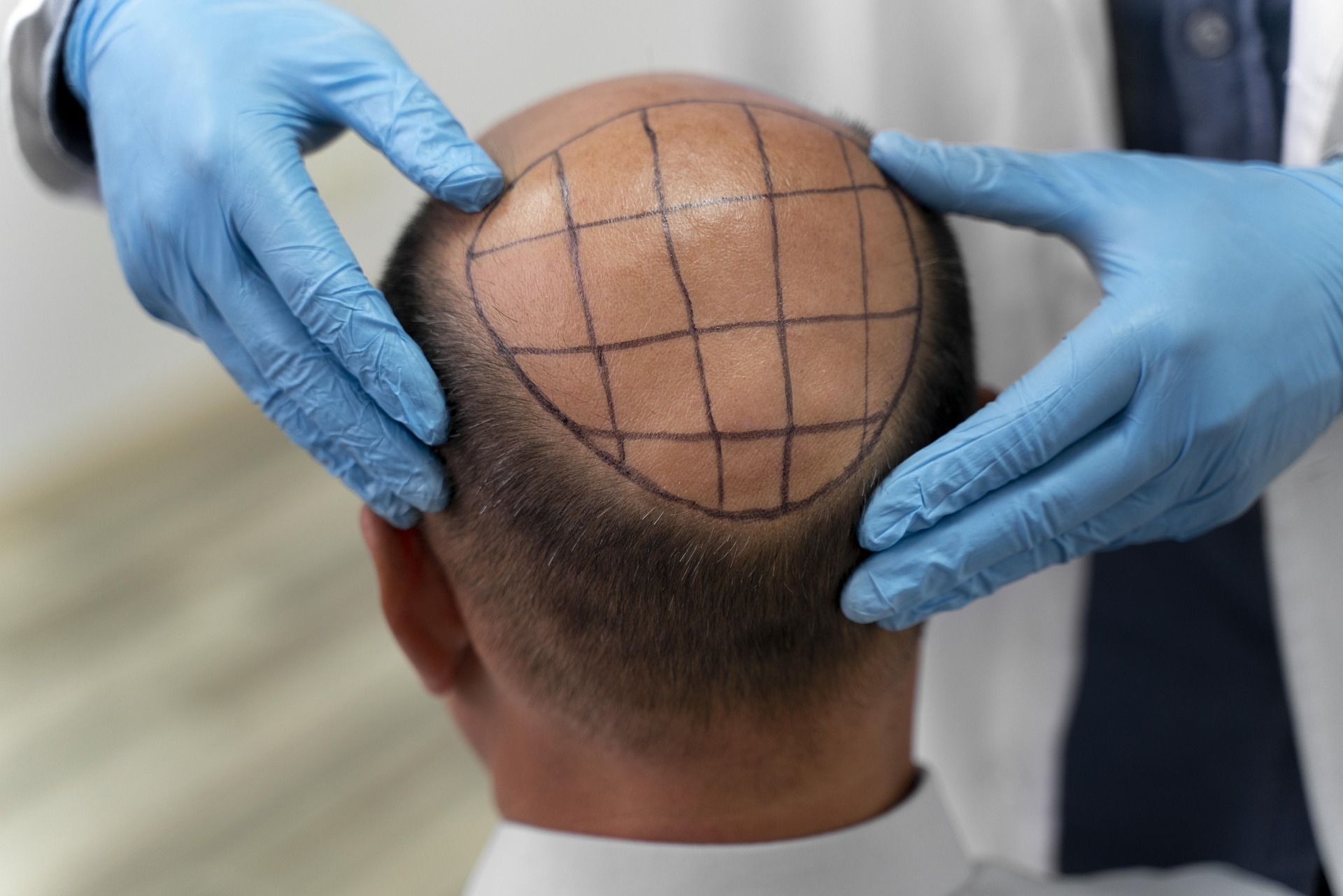Hair Transplantation: Restoring Confidence Through Advanced Techniques
Hair loss can be a source of distress for many individuals, affecting their self-esteem and overall well-being. Fortunately, hair transplantation has emerged as a reliable solution for those seeking to restore their hair and regain their confidence. This advanced medical procedure has revolutionized the field of cosmetic surgery, offering natural-looking results that can dramatically improve one's appearance and quality of life.

The two main techniques used in hair transplantation are Follicular Unit Transplantation (FUT) and Follicular Unit Extraction (FUE). FUT involves removing a strip of scalp from the donor area and dissecting it into individual follicular units for transplantation. FUE, on the other hand, extracts individual follicular units directly from the donor area, resulting in less scarring and a quicker recovery time.
Who is a suitable candidate for hair transplant surgery?
Hair transplantation is not a one-size-fits-all solution, and suitable candidates must meet certain criteria to ensure the best possible outcomes. Ideal candidates for hair transplant surgery typically include:
-
Individuals with stable hair loss patterns
-
Those with sufficient donor hair to cover the balding areas
-
People in good overall health without conditions that may impair healing
-
Individuals with realistic expectations about the results
It’s important to note that hair transplantation may not be suitable for everyone. Factors such as the extent of hair loss, the quality of donor hair, and underlying medical conditions can all influence candidacy. A consultation with a qualified hair transplant specialist is essential to determine if this procedure is right for you.
What are the benefits and potential risks of hair transplantation?
Hair transplantation offers numerous benefits for those struggling with hair loss. Some of the key advantages include:
-
Natural-looking results that can boost self-confidence
-
Permanent solution to hair loss in treated areas
-
Minimal scarring, especially with FUE technique
-
Improved overall appearance and youthful look
However, like any surgical procedure, hair transplantation also carries potential risks and side effects. These may include:
-
Infection at the transplant site
-
Bleeding or scarring
-
Unnatural-looking hair growth patterns
-
Temporary shock loss of transplanted or existing hair
It’s crucial to discuss these potential risks with your surgeon and follow all pre and post-operative instructions to minimize complications and ensure the best possible outcome.
How long does the hair transplant process take and what is the recovery like?
The duration of a hair transplant procedure can vary depending on the extent of hair loss and the technique used. Typically, a session can last anywhere from 4 to 8 hours. Some patients may require multiple sessions to achieve their desired results.
Recovery from hair transplant surgery is generally quick, with most patients able to return to work within a week. Here’s a general timeline of what to expect:
-
Day 1-3: Mild discomfort and swelling in the treated areas
-
Day 4-7: Scabs form around the transplanted follicles
-
Week 2-3: Scabs fall off, and transplanted hair may shed (this is normal)
-
Month 3-4: New hair growth begins
-
Month 6-12: Continued hair growth and improved density
It’s important to follow your surgeon’s post-operative care instructions carefully to ensure optimal healing and results.
What advancements in hair transplant technology are improving outcomes?
The field of hair transplantation is continuously evolving, with new technologies and techniques enhancing the quality of results and patient experience. Some recent advancements include:
-
Robotic hair transplantation: Utilizing artificial intelligence to assist in follicle extraction and placement
-
Platelet-rich plasma (PRP) therapy: Using the patient’s own blood plasma to stimulate hair growth
-
Stem cell therapy: Exploring the use of stem cells to regenerate hair follicles
-
Advanced imaging technologies: Improving the planning and execution of transplant procedures
These innovations are making hair transplantation more precise, efficient, and effective, leading to better outcomes for patients.
How to choose a reputable hair transplant clinic?
Selecting the right clinic for your hair transplant is crucial for achieving the best possible results. Here are some factors to consider when choosing a hair transplant clinic:
-
Qualifications and experience of the surgeons
-
Before and after photos of previous patients
-
Patient reviews and testimonials
-
Use of modern techniques and technologies
-
Transparency about costs and potential risks
-
Personalized treatment plans
It’s essential to research thoroughly and consult with multiple clinics before making a decision. A reputable clinic will prioritize patient education and set realistic expectations for the procedure’s outcomes.
| Clinic Name | Services Offered | Key Features/Benefits |
|---|---|---|
| Bosley Hair Restoration | FUT and FUE transplants, PRP therapy | Over 45 years of experience, multiple locations |
| Bernstein Medical | Robotic FUE, eyebrow transplants | Pioneers in FUE technique, state-of-the-art technology |
| Hair Restoration Institute | FUT and FUE transplants, scalp micropigmentation | Customized treatment plans, affordable financing options |
| Ziering Medical | FUE and FUT transplants, beard transplants | Celebrity clientele, advanced surgical techniques |
Hair transplantation has come a long way in recent years, offering hope and renewed confidence to those experiencing hair loss. With advancements in techniques and technology, the procedure continues to improve, providing natural-looking results that can significantly enhance one’s appearance and self-esteem. Whether you’re considering a hair transplant for yourself or simply curious about the process, it’s clear that this innovative procedure has the potential to transform lives by restoring not just hair, but also confidence and well-being.






